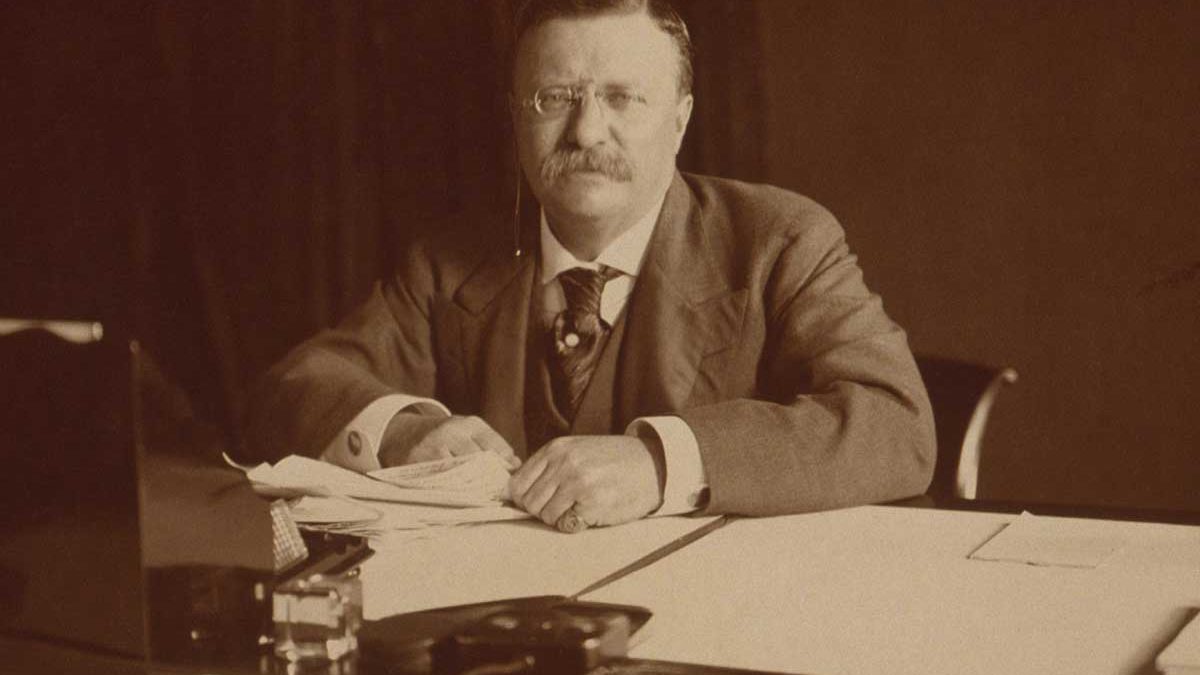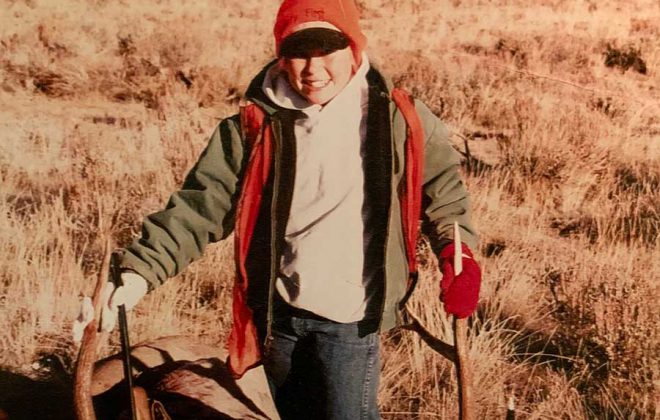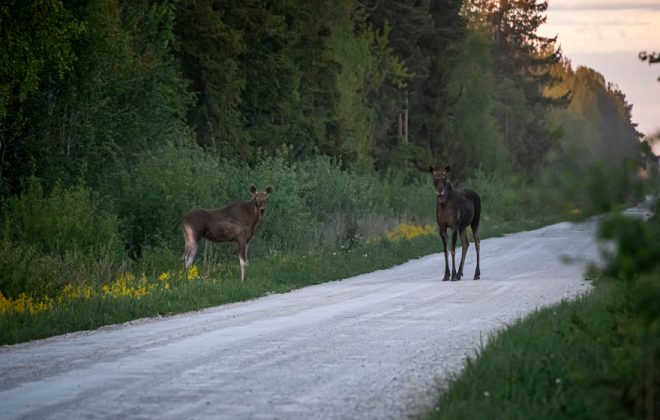The Conservation of Land and Man
Conservation became necessary as the population of America continued to grow. The hunting, settlements, trapping, and exploration nearly desecrated the land and animals by the late 1800s. There were well over twenty-three million people in America by this time. Almost a hundred years had passed from the time of America’s founding. The commercialization of hunting was one of the most detrimental factors causing the inevitability for conservation efforts. Though, hunting was not the only reason for the startup of conservation efforts, an increase of recreational activities and the city folk wanting to find an escape stemmed another reason to focus on a new movement to conserve the wildlife and wild land use.
Even in the 1800’s people were trying to find a way to escape the bang and clang of the city streets. Trading unrest for a peace and man-made noise for the tranquil sounds of nature has always been written in the hearts and souls of mankind. When we seek for something higher than ourselves it fills us with purpose and hope. Nature is one of our greatest ways to fulfill this need. We come to appreciate the wonders of this earth when we gander and explore them with our own feet hitting the dirt and our own eyes taking in the beauty. This is preciously why conservation has continued to become the preeminent focus for all-kinds of nature lovers.
Former president, Teddy Roosevelt, understood the need to immerse one’s self in nature to find hope and purpose, so he became a conservationist. Theodore Roosevelt, being an avid outdoorsman and naturalist even became the “father of conservation”. Before his presidency, Theodore Roosevelt found himself in a life altering and bleak time of life when his mother passed from typhoid fever and wife passed from kidney disease. This led him to throw himself into his work. He went west seeking a new life and a new light. The badlands became his sanctuary. Heavily involved in the hunting and ranching in these areas caused him to express great sorrow that there was such a loss of habitat and wildlife in this area. Roosevelt’s passion for nature turned into a duty to protect it. Teddy, recognized an arising need to procure the longevity of the wilderness.
Thus, the Boone and Crockett Club was born in 1887, formed by Roosevelt himself. Its mission extended beyond hunting to creating National Parks, National Reserves, and National Forests, truly, an organization for the conservation of the outdoors. Its headquarters are in Missoula, MT. At this time, Montana was becoming proactive in their efforts to regulate and preserve the land and animals. It had the first game wardens and were the ones introducing the some of America’s first conservation efforts.
The Boone and Crockett Club’s intentions are sincere, pure, and practical, “It is a commitment that balances human needs with wildlife needs; a commitment that sees deep value in preserving the hunting tradition, as well as in conserving wild lands and wildlife; a commitment that grows out of a powerful love of wildlife, but that is also shaped by a common-sense, business-like approach to managing natural resources.”
Conservation weaved its ethical and spiritual aspects into the heart of art too. Henry David Thoreau wrote about living in the natural world in his books. These books transform the reader into the independent and simple way of living in nature, along with all the spiritual aspects nature brings into our lives as we embrace it. Among other authors and artists, Thoreau, had an impact on how people thought of the woods. He brought the wild into the minds of others to inspire and inform them. When feeling is connected to a cause it is strengthened tenfold. Thoreau’s books, like Walden, were a bridge for conservation to cross into the hearts of those typically removed from the wonder of the great outdoors.
“John of the Mountains”, AKA John Muir, was another influential person during the birth of conservationism. He co-founded the Sierra Club and focused on national parks. Though the Sierra Club can be seen as controversial, it had a great impact on the importance and birth of conservation. John Muir was a dedicated individual who knew the value of making conservationism a focus for generations to come. He knew the way we use the land was going to have to change with the growth of populations. He brought the practicality of regulation in sync with the beauty of art by expressing his passion through his writings. The important part of Mr. Muir’s influence is that he brought forward belief and action toward the worthy cause of conservation.
Throughout time and even now, conservation plays a huge role in hunting. Regulations can often be a seen as a nuisance, however, to preserve and respect the land and sport one must realize the necessity conservation plays in the beauty and tradition of hunting. Gratitude and admiration should go out to those who founded organizations that made conservation into a powerful movement lasting throughout time to increase the longevity of this nation’s wild land and wildlife resources.
Conservation holds the essence of the circle of life: two things working together to preserve its counterpart. There is a bond formed that seeps respect as the boundaries of this bond are obeyed. Animals work within their own bounds and also have a respect for ours. Conservation opens us up to the opportunity to learn the needed boundaries of our lands and animals.
Predators are often seen as the enemy, especially in the hunting and agricultural world. Perhaps, often it is felt that boundaries are unnecessary to have against a predator because of the damage they do to our beloved elk, moose, deer, and other populations. However, creating effective boundaries even for the predators is extremely important. They hold a sacred and vital role in the circle of life. This role regulates and renews the herds we hold so dear. Conservation counts in all areas of the life cycle. Conservation is a teacher for the natural world.





